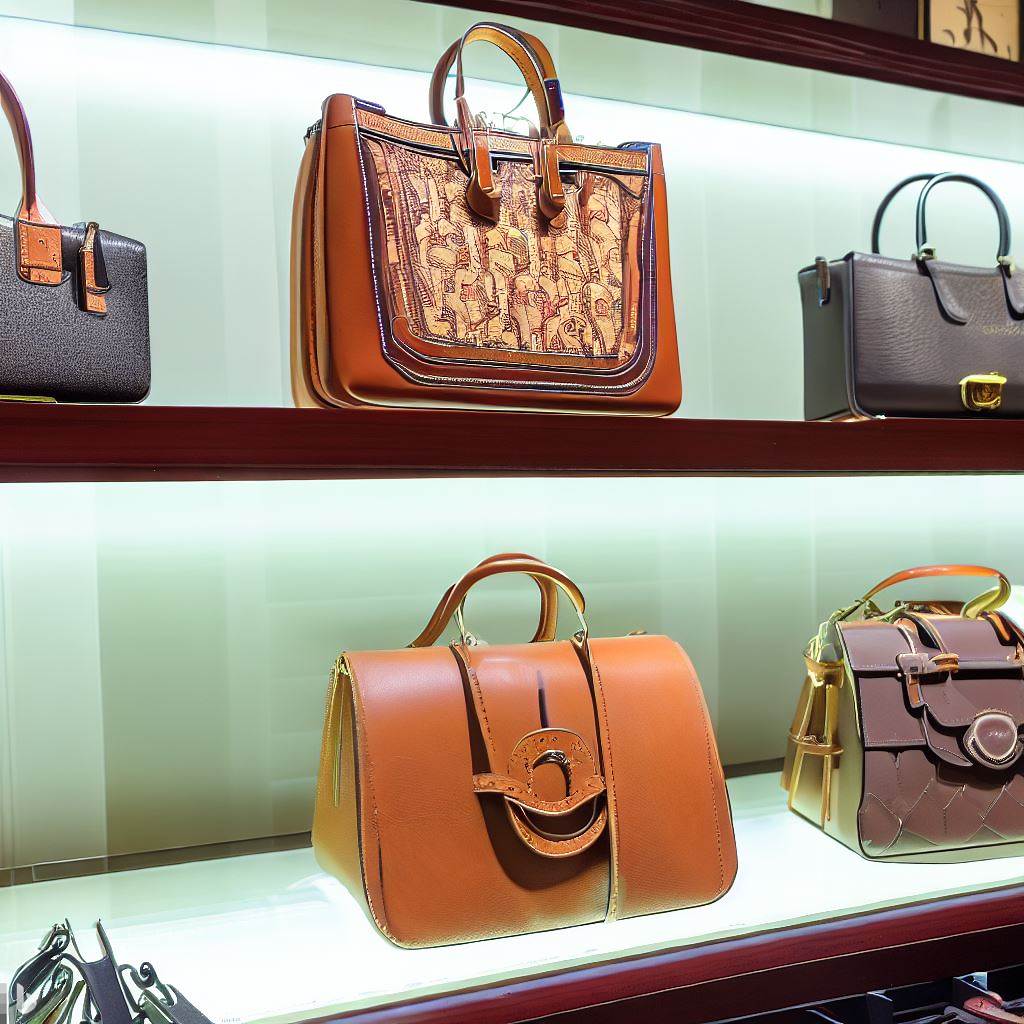The Language of Leather: Telling Stories through Crafted Art
Introduction
Beyond mere utility, crafted leather goods often express cultural narratives, personal memories, and social identity for their makers and bearers. Leather becomes a medium conveying powerful nonverbal stories when thoughtfully hand-tooled with symbolic imagery, heritage markings, or commemorative embellishments.
In this article, we explore leatherworking’s capacities for visual storytelling and coded messaging through deliberately embedding tales, tributes, and cultural signifiers into handmade items. We examine how leatherworkers worldwide leverage materials symbolism and decorative techniques to share meaningful narratives that transcend written words. Leather crafting practices transform hides into conduits for recounting lore, teaching values, marking milestones, building identity, and honoring roots.
Storytelling Through Leathercrafts
Many cultures over time incorporated leatherwork into oral and visual storytelling traditions, whether religious parables or family histories. Meaning gets woven into the material itself.
Mythic Themes Tooled on Leather
Ancient peoples like the Huichol of Mexico hand-tooled symbolic imagery onto items like masks and drums depicting creation stories and deities. Repetition trained memories while decoration dazzled.
Scrolls and Manuscripts Preserving Histories
Sacred texts and chronicles lettered onto leather scrolls or bound codex pages share community cosmologies across generations. From the Dead Sea Scrolls to Mayan records, leather conferred permanence.
Pictorial Embellishment of Clothing and Objects
Across continents, artisans embed narrative imagery within patterns embroidered on leather horse trappings, painted onto garments, or tooled into chests. Through leather, lore endures.
Leather Puppetry and Storytelling Theater
Iconic cultural forms of storytelling theater like Indonesian wayang kulit, Chinese shadow puppetry, and Turkish Karagöz theater involve intricately crafted and manipulated leather puppets and figures that enthrall audiences with fables, epics, and morality tales.
Honoring Cultural Heritage
Traditional leatherworking techniques often celebrate cultural roots through region-specific styles, motifs, materials, and construction signaling identity.
Regional Leatherworking Styles
Distinctive leathercrafting practices became markers of cultural and ethnic identity. Spanish colonial leatherworkers perfected lavish tooling, while Sámi tribes finely stitched and embroidered reindeer hides. Technique signifies heritage.
Meaningful Motifs and Markings
From Celtic knotwork to Maori spirals, traditional tribal patterns hand-tooled onto leather immediately identify artisans’ roots. Patterned leather connects wearers to ancestors.
Customs and Folklore Symbolism
Images representing folk legends, deities, proverbs, and oral histories get creatively incorporated into celebratory leather goods. For example, Anansi spiders appear on Ashanti leatherwork. Mythology and craft intertwine.
Traditional Materials Symbolizing Culture
Certain animal hides and local vegetation used for leather carry region-specific significance. New Zealand Maori feel deep ties to the harakeke plant used for weaving and leather dyeing. Flora and fauna link past and present.
Commemorating Significant Events
Beyond oral history, leather also serves to commemorate personal and communal milestones, memorializing meaningful events and achievements for future recollection.
Recordkeeping Through Leather
Scribes penned royal decrees onto parchment rolls while sailors recorded voyages in leather logbooks. Leather’s longevity captured legal and historical matters for posterity.
Memorializing Individuals
Portraits of notable figures get embossed onto book covers and other commemorative leather pieces to venerate their legacies. Leather exudes permanence and importance.
Marking Milestones
Artisans hand tool significant dates, initials, and symbols like hearts or religious icons onto wallet interiors, bracelets, saddlery, or other mementos given for momentous occasions. Sentiment travels through leather.
Honoring Achievements
Custom leather regalia and accessories denote memberships, rankings, and accolades in fields from academia to the military. Leather instantly conveys esteem and expertise.
Storytelling Through Wear and Repair
Beyond decoration and design, the worn appearance and mended damage of well-used quality leathergoods themselves narrate rich stories about the life experiences of those who bore and relied upon them.
Imprints of Use
Scuffs, scratches, and faded or stretched areas on beloved leather jackets, boots, saddles, and equipment become like passages in the biography of a cherished item documenting its adventures accompanying its owner. The leather tells a joint story.
Visible Signs of Repair
Darned rips, restitched seams, replaced hardware and embellishments stand testament in leather pieces to years of functionality and care between owner and object. Repairs prolong stories.
Layers of Patina
The gradual accumulation of tarnish, smoothing, wear patterns, and shine from repeated handling and care intrinsically leaves a visible narrative etched into antique leather surfaces more eloquently than any inscription. Patina narrates.
Second Lives Through Continued Use
Vintage leather items often outlast initial owners, entering new life chapters through repair and creative reinterpretation by new owners. Upcycling extends the intergenerational story leather can tell.
Storytelling Through Bespoke Commissions
For custom leather goods, clients collaborate with artisans to embed intimate meaningful narratives within the commissioned piece through every step of its creation.
Client Stories Guiding Designs
Commissioning clients convey treasured tales that inspire the artisan’s creation process, like a saddle commemorating a beloved horse. Personal backstories inform beauty.
Incorporating Meaningful Symbols
Adding imagery like family crests, personalized dates, or nostalgic decorations makes commissions truly bespoke. A handbag bears the essence of who will wear it. Details personalize.
Heirlooms Carrying Memories Through Time
Clients gift custom leather heirlooms like an engraved wedding album or baby shoe to become cherished story-carrying objects passed between future generations. Thoughtful gifts prove touching.
Transformation Through Craft Process
As artisans meticulously craft commissioned pieces, they symbolically invest parts of clients’ personal stories into the leatherwork. Their skills transform sentiment into substance.
Conclusion
While leather holds innate beauty, it reaches its highest purpose when leatherworkers intentionally craft it into a storytelling medium using imagery, symbolism, repair, and commemoration to share cultural heritage, milestones, identity, and memory between individuals, communities, and generations. Simple leather scraps transcend into artifacts carrying outsized significance. The motifs tooled, hues dyed, and repairs etched speak volumes without uttering a word. Whether creating treasured heirlooms or enacting ancestral practices, leathercraft does more than decorate. It narrates the tenderest tales of humanity. The empty canvas of leather awaits our imprint. What timeless story will we choose to emboss onto it through thoughtful workmanship?
